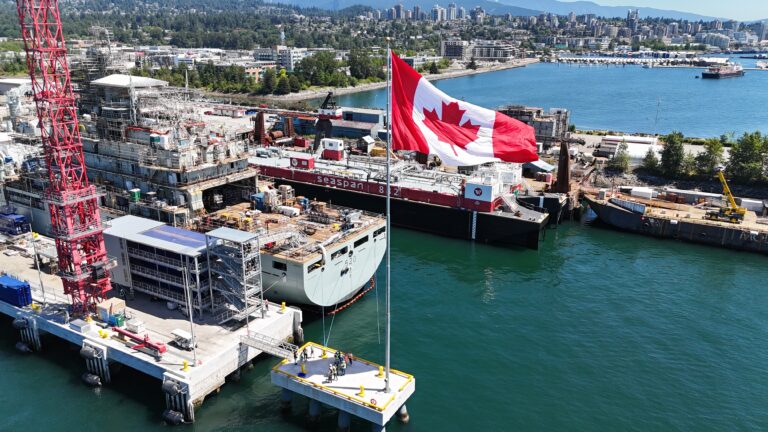You might have noticed the tagline for our new space initiative, ORBIT, is “Don’t just look up, look down!’
We’re not being cute. It’s just a fact. When it comes to space, it’s truly on terra firma where the multi-trillion-dollar opportunities are. CityAge wants people to understand that — and plug into our network of experts who can build space strategies for cities, regions and companies.
To see the opportunity, have a read of the Harvard Business Review article “Your Company Needs a Space Strategy. Now.” Matthew Weinzierl and his co-authors from Harvard Business School were one of the first to see the trend: space is becoming a potential source of value for businesses across sectors ranging from agriculture to pharmaceuticals to consumer goods.
Published in the November-December 2022 issue, the article sets out four distinct ways space can create value: data, capabilities, resources and markets.
This perspective aligns with McKinsey’s recent research on the space economy. In their 2023 analysis, McKinsey challenged CEOs to recognize that “no sector or industry will go untouched by space,” according to their report published in March 2023. McKinsey estimated the global space economy will reach $1.8 trillion by 2035, up from $630 billion in 2023, as reported in their April 2024 analysis.
But here’s where the CityAge perspective becomes critical: this isn’t just about companies. It’s about regions, cities, and ultimately citizens themselves.
The Regional and Urban Imperative
Every region competes on the global stage not just through its companies, but through its infrastructure, its data ecosystems, and its ability to attract and retain talent and capital. The space economy fundamentally reshapes these competitive dynamics.
Regions worldwide — from Southeast Asia to the Middle East, from European capitals to Latin American hubs — a re positioning themselves in the emerging space economy. But without a space strategy ,whether it’s leveraging satellite data for resource management, positioning for space-based communications infrastructure, or understanding how Earth observation impacts agriculture and natural resource sectors, regions risk falling behind in the new economy.
Cities themselves should be space-enabled ecosystems. Urban planning increasingly relies on satellite imagery. Infrastructure monitoring uses space-based sensors. Smart city initiatives depend on positioning and navigation services. Climate adaptation strategies require Earth observation data. A city without a space strategy is a city planning for yesterday’s economy.
Perhaps most importantly, people need to understand how space intersects with their lives and livelihoods. As Weinzierl and his colleagues noted in Harvard Business Review, companies are already using remote-sensing satellites to track everything from cars parked in retail locations to methane leaks from natural-gas wells to soil moisture content for crop yields.
This means farmers need space strategies to optimize yields and resource use; real estate professionals need to understand how Earth observation affects property valuations; logistics companies must integrate satellite navigation beyond simple GPS; energy sector workers should grasp how space-based monitoring changes their industry; Environmental professionals require knowledge of Earth observation for climate work. And on it goes.
CityAge’s Top 10 Opportunities in the Space Economy
- Satellite Communications and Connectivity – Global broadband coverage, 5G integration, and connecting underserved regions through satellite constellations
- Earth Observation and Remote Sensing – Climate monitoring, agriculture optimization, infrastructure inspection, disaster response, and environmental tracking
- Space-Based Data and Analytics – Transforming satellite imagery and positioning data into actionable business intelligence across industries
- STEM Education and Workforce Development – Building the talent pipeline for the space economy through specialized education, training programs, and skills development
- Pharmaceutical and Biotech Research – Leveraging microgravity environments for drug development, protein crystallization, and biological research
- Space-Based Manufacturing – Producing materials, semiconductors, fiber optics, and other products in microgravity conditions for superior quality
- Suborbital Technologies – Developing point-to-point transportation, research platforms, and hypersonic flight capabilities
- In-Space Infrastructure – Building commercial space stations, fuel depots, manufacturing facilities, and orbital platforms
- SpacePorts and Ground Infrastructure – Developing launch facilities, testing ranges, mission control capabilities, and supporting ground-based ecosystems
- Ocean and Coastal Cities Health – Space-based observation is emerging as the best way to monitor and protect the coastlines, where people and the ocean meet




